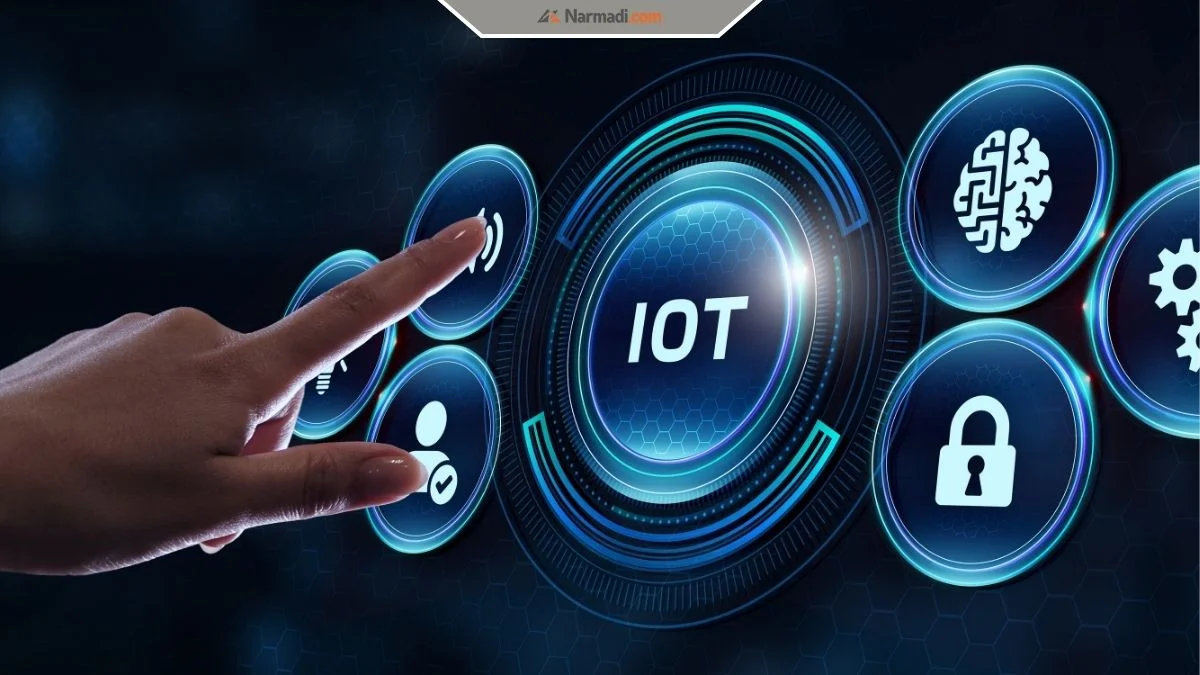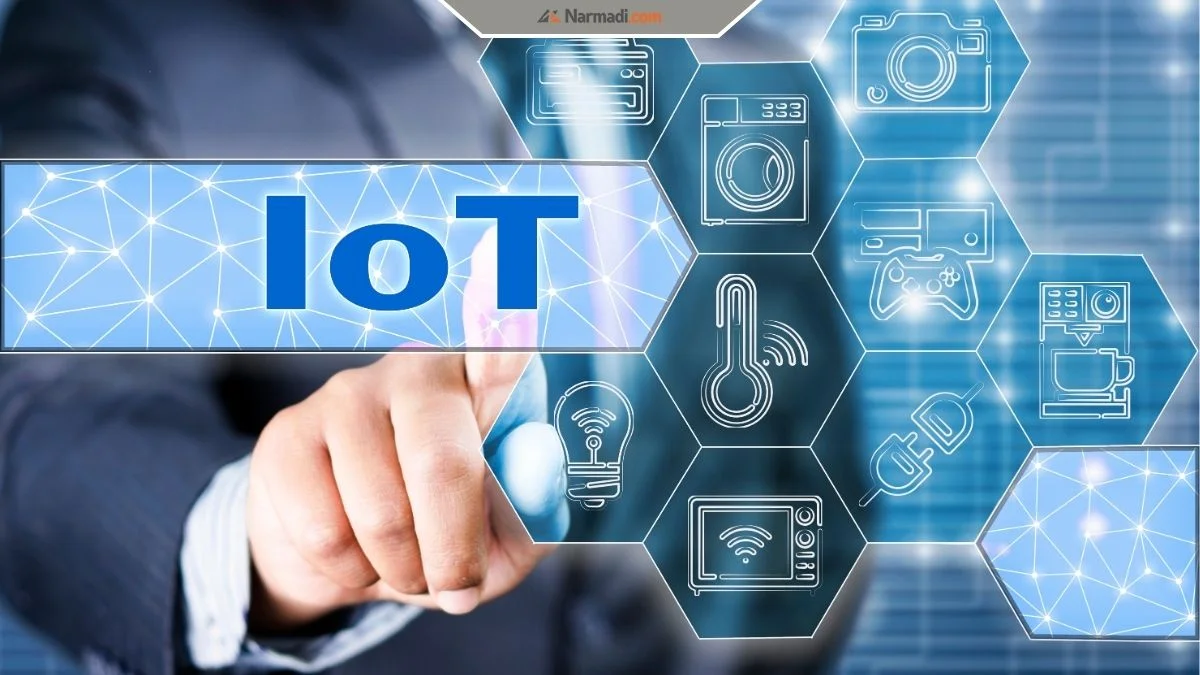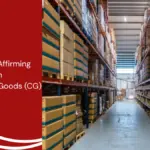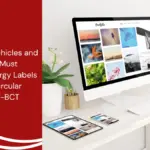The IoT or the Internet of Things may be the one of the dreams that humans have achieved. From science fiction dreams of an automated world, we will now finally be able to bring those dreams into the real world today.
But, what exactly is IoT? And most importantly, how IoT works? Let’s start with the explanation of it to better understand this important innovation!
Table of Contents
What is IoT?

Before we dive into our main topic, let’s unveil the definition of the IoT itself, shouldn’t we?
Also Read
The IoT or Internet of Things is a system of multiple parts, such as computers, machines, mechanical systems or more that is able to send data through a network without any interactions from humans or the computer itself.
See it much like a railroad and its stations. The devices are the stations with the tracks acting like the network and then comes the trains that are the data that travels from device to device and finally the timetable for the trains is the database for the IoT.
In much simpler words, the IoT is a group of objects that are all connected and able to exchange data throughout the created shared system.
The said shared systems can also come together and create larger systems. The projection for the IoT in the future is quite promising too, with the IoT one day may be the only one system that reaches across the world like the Internet today.
How IoT Works

There are 4 key factors that make IoT works which are:
- A data collection device
- Cloud connectivity
- A data processor
- A user-facing interface
Here’s the explanation of each component to give you a better understanding about how this technology works.
1. A Data Collective Device
“Data collection devices” sounds fancy, right? Well, it’s just a complicated term to define a much simpler meaning.
The data collection devices are things like sensors, smartphones, GPS trackers or other devices that are able to collect data to then send it on to the next step.
These are the “trains” that are also the first step into any IoT system.
2. Cloud Connectivity
The next component of an IoT is the cloud connectivity, or the “railway” that allows the “train” to pass through.
Once the data has been recorded, you need to send it to the cloud. You can choose the data through a variety of choices of clouds that will highly depend on your overall system or your company’s needs.
The most common cloud connectivities are Bluetooth, Wi-Fi, Zigbee or anything that allows network connectivity.
To put it simply this step can be summed in 2 words, “uploading data”.
3. Data Processing
Once you have the data uploaded, the next thing you’ll need is it to be processed by a data processor.
The functions of the devices are performed on this data in order to process the data and send back necessary outputs.
Other than that, this step also incorporates data analysis to identify potential issues before it escalates. With that being said, this step is the most important step in IoT technologies and the analysis must happen at a quick rate to provide better results.
4. User Interface
This is the final step of IoT technology. The data that has been processed then can be presented in an easy to understand format on the graphical user interface (UI).
This is the information that you, as a user, can directly see whether it’s on your smartwatch, smartphone or any other devices.
And one thing to keep in mind is that every IoT device has a different interface as each device has a different task or purpose to accomplish.
So there you have it, the explanation of how IoT works!












